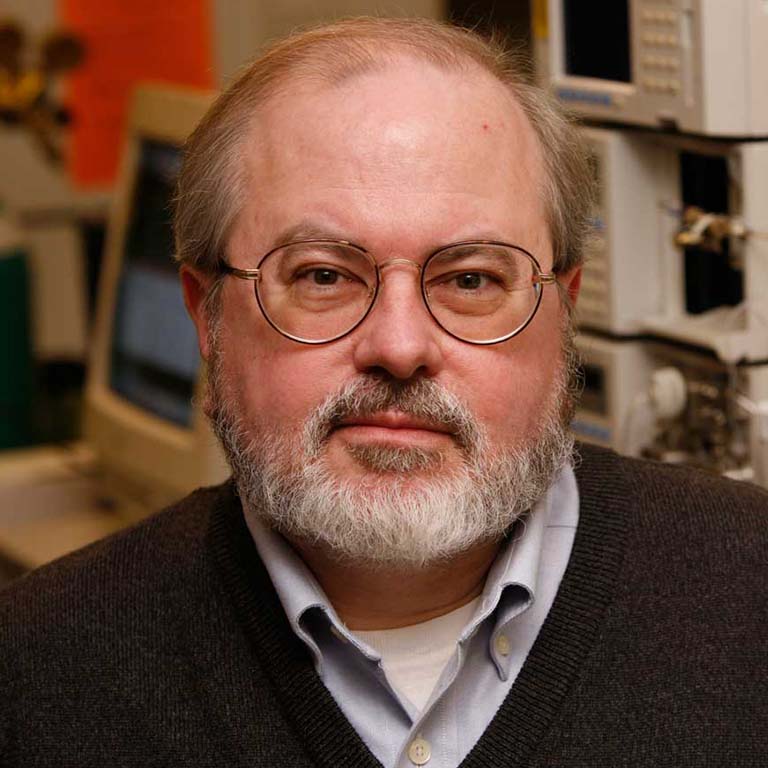Streptococcus pneumoniae (pneumococcus) is an extremely serious human opportunistic respiratory pathogen that kills well over two million people annually worldwide. Multidrug resistance is increasing in S. pneumoniae clinical isolates at an alarming rate, and drug-resistant S. pneumoniae is considered as a serious threat to health in the USA by the CDC.
The general goal of my research program is to understand signal transduction, regulatory mechanisms, and supramolecular complexes that mediate the stress responses, metabolism, cell structure, and pathogenesis of this bacterium. At one level, our work is providing fundamental information about the roles played by physiology, protein complexes, and metabolism in the pathogenesis of this bacterial species. At another level, we are gaining insights into the biology of S. pneumoniae, and by inference other Streptococcus species, which are distinctive, fascinating organisms that carry out many processes by mechanisms different from those of model bacteria like Bacillus subtilis. Therefore, besides understanding pathogenesis, there is the expectation of learning new biological principles from studies of S. pneumoniae.
Most of our current work focuses on the mechanisms of peptidoglycan cell wall biosynthesis in S. pneumoniae mediated by gene control and protein interactions. In particular, we are working to solve the “3 C Problem” of composition, chronology, and coordination of the protein molecular machines that synthesize and remodel peptidoglycan during cell division of bacteria in culture and in contact with host cells.
These investigations have very real practical implications in the discovery of new targets for antibiotic and vaccine development. In pursuit of these goals, we use a combination of sophisticated physiology, molecular genetics, biochemistry, and cell biology along with tissue-culture and other models of colonization and infection.

 The College of Arts
The College of Arts